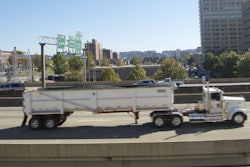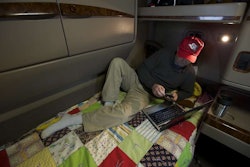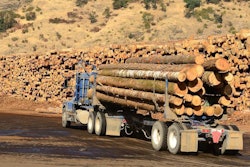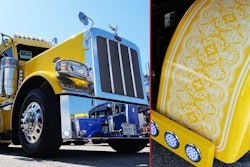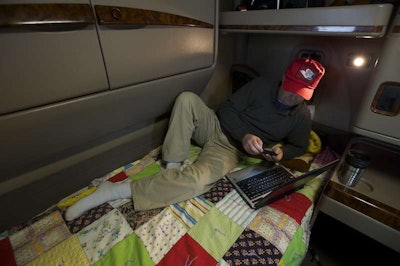
The agency released a statement this week regarding the field study after the American Trucking Associations and the Minnesota Trucking Association jointly submitted a request for FMCSA to conduct a two-year pilot program to test the conclusions of the lab study, findings from which were released in January.
ATA submitted its proposal this week, and its President and CEO Bill Graves said the field study is the next step in gathering more data to support some flexibility in the sleeper berth requirements for truck operators.
“The trucking industry wants FMCSA to take its positive, laboratory-based findings on the value of split sleep and try to repeat them in a real world field study,” Graves said. “Doing a pilot test using professional drivers in actual trucking operations could give the Federal Motor Carrier Safety Administration even more scientific data on which to base future improvements to the sleeper berth rules.”
In response to ATA’s request, FMCSA said in its statement plans for a field study like what ATA has requested are already in the works:
“More than a year ago, Administrator [Anne] Ferro put out a call for proposals to help the agency test if electronic onboard recorders and the latest sleep research could offer improved safety and flexibility. The National Association of Small Trucking Companies responded and we are now in the planning stages of conducting a field operational test to examine the safety benefits and impacts of flexible uses of the sleeper berth. We will also be meeting with ATA and OOIDA on the issue.”
The proposal from ATA and MTA says data could be collected on driver behavior to detect fatigue, the psychomotor vigilance task to check driver participants’ reactions to stimuli, the Karolinska Sleepiness Scale, crash and incident data and drivers’ electronic logbooks.
That data could then be analyzed and plugged into statistical formulas to determine the differences between the pilot program participants who slept in a consolidated block at night and those who split their sleep. Click here to see the proposal submitted to FMCSA.


